18 Things We Love About Singapore
To mark our 18th anniversary, we asked 18 of the city’s coolest personalities—and some of our awesome readers—to tell us what they love most about the city.
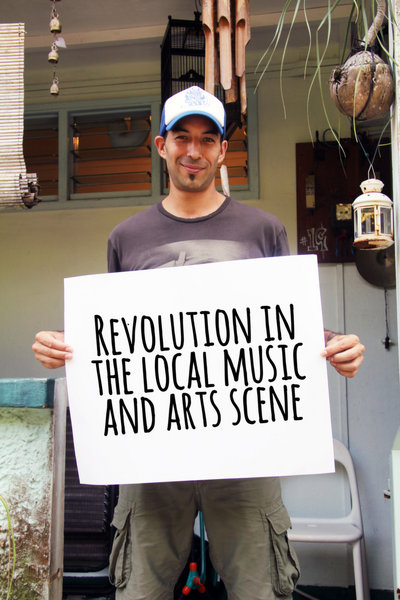
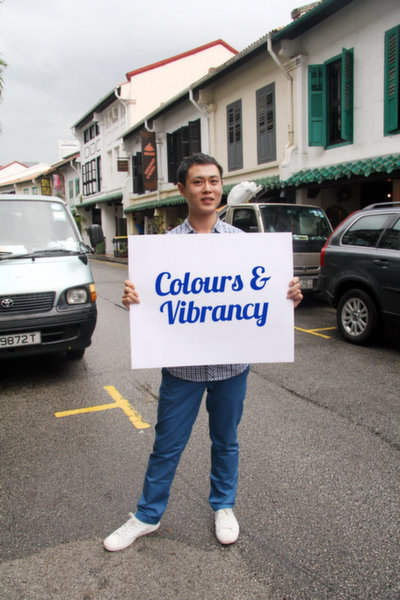
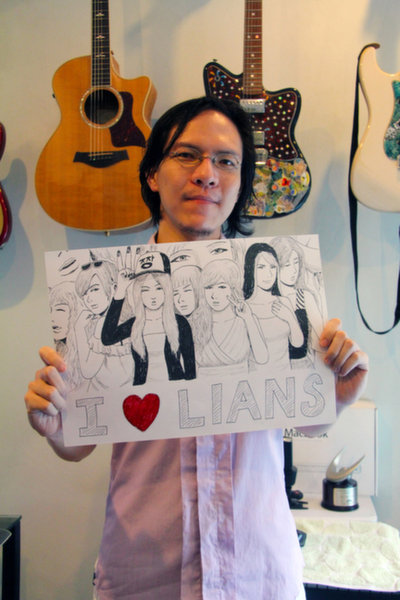
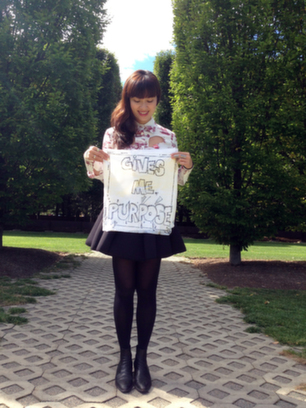
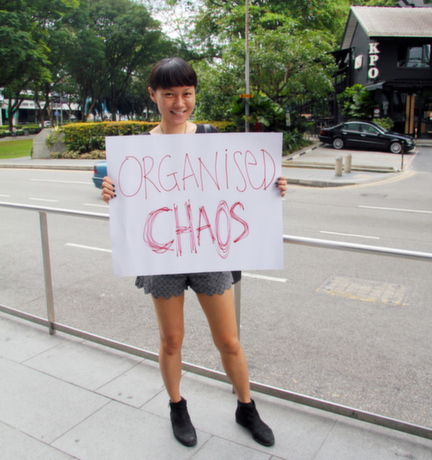
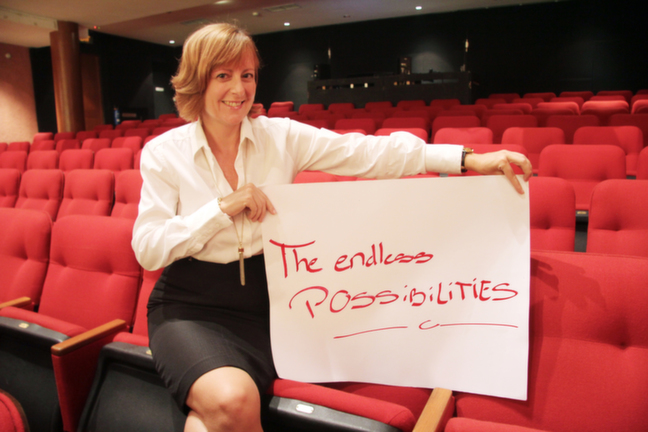
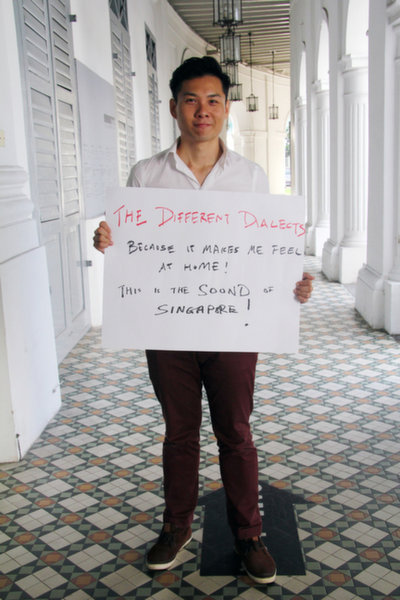
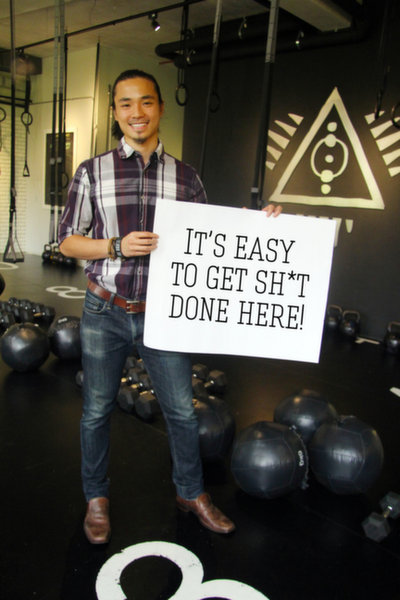
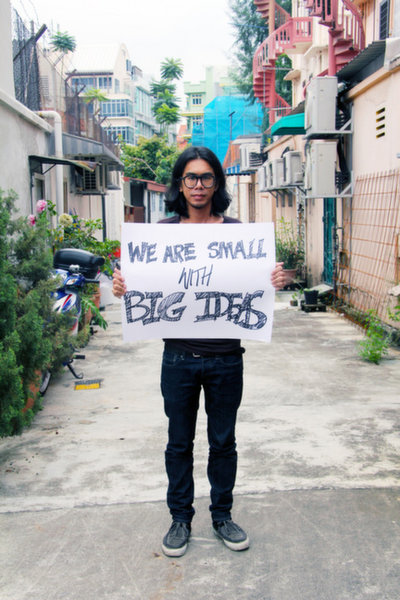

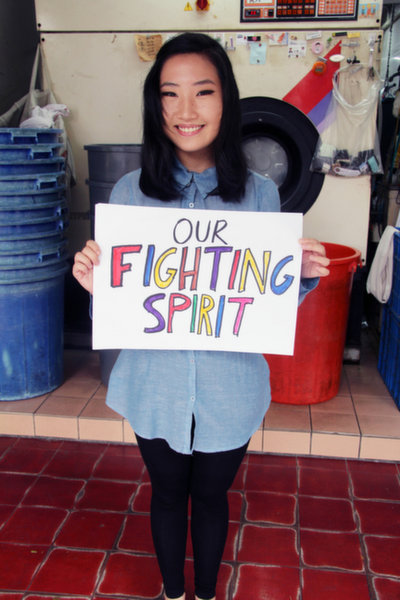
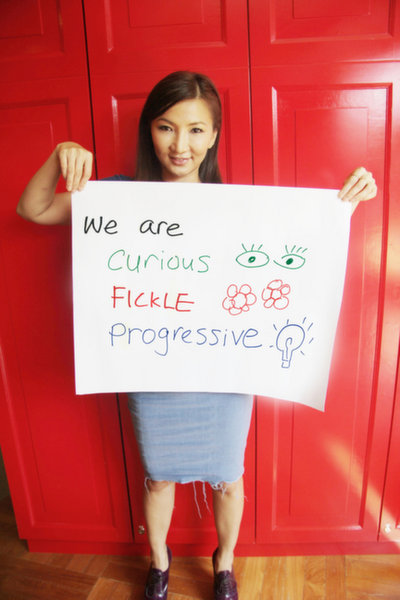
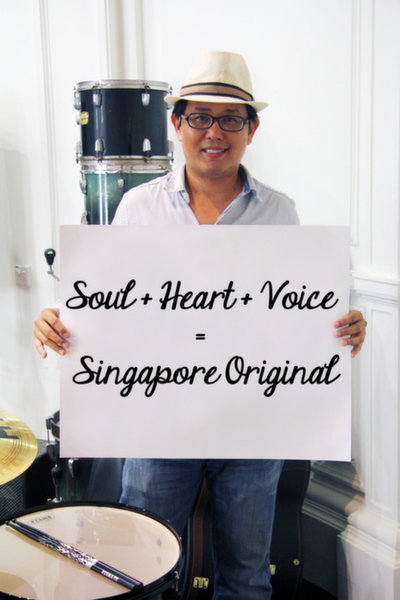
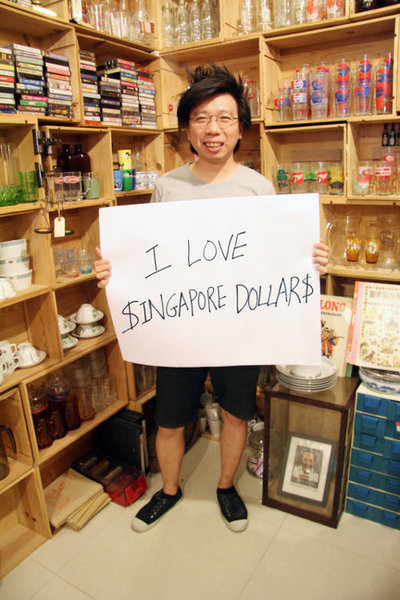
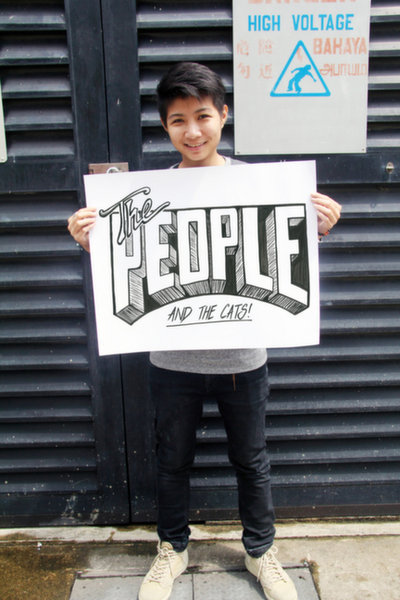
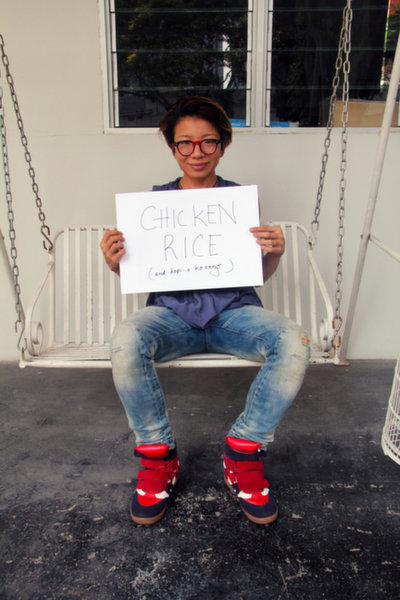
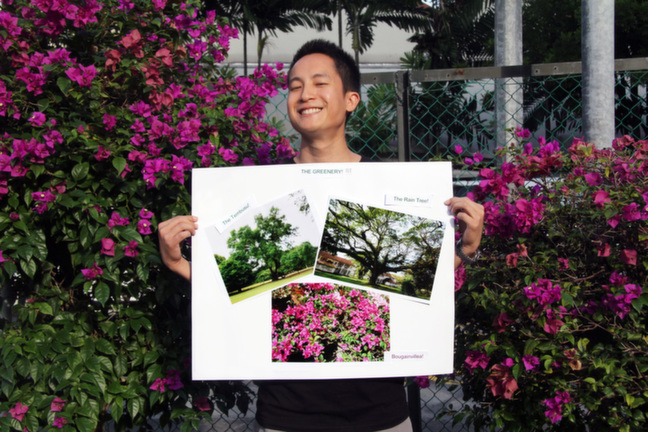
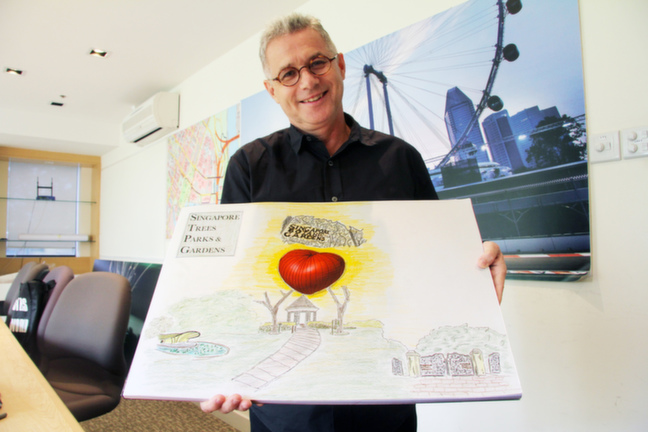
“The National Parks Board has done a most brilliant job with our beautifully manicured parks, catchment areas and connecting ridges.”
Michael Roche, Managing Director, Lushington Promotions
Advertisement
How did the film come about?
I’ve always been very interested in outsiders, people on the edge of society who are looking in from the periphery. It was very important to me to shoot the film in Singapore rather than find an equivalent location in Malaysia. The film is very much about memory, and capturing a part of Singapore I knew we would soon lose. Every single location that we shot in was demolished or torn down soon after.
What problems did you have putting the film together?
The entire film, including post, was made for around $150,000 and we only had 18 shooting days. A lot of people worked on the film pro bono simply because they believed in it, and that allowed us to achieve a wonderful intimacy on set that is reflected in the final film. But our post took over a year, because people were donating time in between their other jobs and could only work on the film during odd periods. We could barely afford any lights so we had to utilize the directionality and intensity of natural sun for our classroom scenes, giving us very limited shooting periods. For both the interiors and exteriors, we were always rushing to catch the light. In fact, we were also always rushing to catch the rain. It seems that it’s a rule of thumb that it rains when you need it to be sunny, and that it’s sunny when you need it to rain!
How do you think the film will fare in the canon of contemporary local cinema?
I do hope it can still find cultural permanence and that people will be willing to support small films like this. This is a film about loss, and I hope that we’ve managed to capture in some small way the heartbeat of our generation, and that Singaporeans can relate to Innocents in terms of pieces of half-forgotten memories, objects from childhood that were left behind, or in terms of the many physical spaces of childhood that no longer exist.
Innocents is on through Sep 29, Oct 3-5, 19-20, various times at Screening Room @ The Arts House. $10 at the door.
Advertisement
The Temp
We love pop-ups, and here’s a new one that's arguably one of the most interesting so far. 4,000 sq. ft. Temporium has just opened in Little India, carrying a cool range of clothes, ceramics, books and curios, including local brands like menswear label Sundays upstairs, while downstairs is where food and coffee can be had, created especially for the space by Chye Seng Huat Hardware’s Leon Foo and Wild Rocket’s Willin Low. Go get your fix at 72 Dunlop St. before it disappears in about five months. It's open Tue-Sun between 9am-10pm.
Cultural Cache
Budding young designers and artists now have a new space to showcase their creations. New, smallish art gallery Culture Square is the latest of the affordable art (look out for the upcoming Affordable Art Fair later in November) which offers original works from just $170. “Many people want original art in their homes but do not want to pay thousands of dollars for it,“ says founder Toni Chan. Currently on show are funky pieces by Singapore-based artists like Nicola Anthony and Zoya Chaudhary. In October, look out for The Elements of Play show by artists Bradley Foisset and Deusa Blumke.
Fright Night
Fine, so Halloween’s not happening till the end of Oct, but here’s one that’s got us all psyched up. The Rocky Horror party at 1-Altitude on Oct 26, 9pm, based on the classic movie of the same name, promises to be a hoot. The décor for one, will evoke the spirit of the film, with lots of zany characters, and the most innovatively dressed walking home with the Best Dressed Award.
Advertisement
More and more works like yours are moving into the galleries—what does this signify?
An increased level of appreciation, I guess. It’s good that the art form is going places not just remaining on the streets. It gives the artworks a higher chance of mortality. Although the issue about how “street art should remain in the streets” will surface, the move adds more value to both the art and the maker.
With public spaces here still out of bounds, is there a real street art scene here?
Of course there is. We honestly don’t care whether a space is out of bounds or not. We go out and do it regardless. It’s been around for years and only noticed by those who are attentive.
Tell us more about your latest work in the gallery.
I like my works to interact with spaces, be it indoors or outdoors. For this show, I was given a small section in the gallery to work with and see what I could come up with. I painted multiple layered stencil figures of myself exploring that space, as a replacement to tags where a graffiti artist usually paints his or her name.
Who are you influenced by?
My collective RSCLS has been a major influence in my art lately. They’re a bunch of unique individuals who are always challenging themselves in their work, and that drives me to push further with mine. I work primarily with spraypaint or any fast drying medium. I have very little patience.
Anthropos: Navigating Human Depth in Thai and Singapore Contemporary Art is on through Oct 13 at Sundaram Tagore Gallery.
Advertisement
How did you narrow down the 20 works from the museum's permanant collection?
The idea is to curate a collector’s cabinet of sorts. Unlike most museums today where curators work with fixed classifications (and hence the exhibitions become too academic), we wanted to evoke a more intimate and spiritual feeling with the space, as if you are visiting the home of a private collector.
What about the placements of the artworks within the gallery space?
It is important that we create some sort of communication between the paintings. For example, I’ve placed a work by Andy Warhol depicting Marilyn Monroe from 1967 with a piece by Hendrick ter Brugghen depicting a singing lute player from 1624. Both works are about entertainers from different eras and I’d like them to speak to one another. And to convey the vast sense of time and space and how it traverses, I’ve placed a work by Max Ernst depicting a city circa 1936-1939 between two portraits—one by Antony Van Dyck from the 1600’s and the other Jacopo Robusti dit Le Tintoret from the 1500’s.
Tell us more about the overarching theme of the exhibition then, which is “Transversality”.
“Transversality” is a term that goes some way towards explaining how small, timeless, community of artists, from all periods, from all cultures and origins, are united by a similar way of thinking, of reflecting, and of behaving. By its encyclopedic approach, every museum tends to make us forget its main role: to ensure that the works stay alive. They all speak of beauty, have identical references, and the same historical narrative. But these works have to be placed together in order to set up a dialogue – beyond borders and periods – for they summon up what we all have in common.
The second part of the exhibition is more spiritual in nature…
Yes, there are works by 20th century masters like Mark Rothko and Chu the-Chun shown alongside the Botticelli’s work of the depiction of Christ. There is a feeling of deep spirituality in these works and they are very much in touch with God. For Rothko’s works, for example, you could even sense the inspiration of light seeping through the painting.
Advertisement
This is the kind of contemplative cinema that is rare here, so kudos to first-time feature director Wong Chen-Hsi for her dreamy Innocents, which centers on two lost teens trying to find meaning in a harsh adult world. Filmed on-site at the North South corridor of the old KTM railway tracks, alongside many decrepit buildings around the city, the film maintains a quiet pace throughout, keenly filmed by American cinematographer Joseph White, whose beautiful visuals buoy the film.
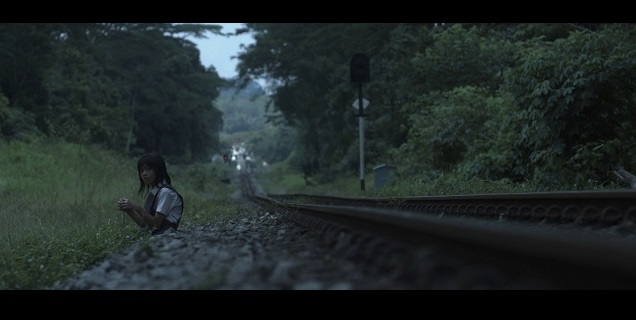
What’s new and upcoming at Gillman?
Just opened is Yeo Workshop by Audrey Yeo who studied in Columbia as well as Sotheby’s Institute. With her extensive contacts and expertise, the gallery will play a developmental role to grow the local art cycle’s system and industry. I am also looking forward to the Centre for Contemporary Art which will open in October. This special project by the Nanyang Technological University will hold various residency programs with nine studio spaces for artists to produce new works. Then there is Pearl Lam opening in November, which will be concentrating on Chinese art are informed by Western art forms.
Are you making any changes based on the last year?
Based on the feedback that we’ve received from visitors, one of the main issues is connectivity throughout the belt. Right now, discussions are ongoing to fill the existing spaces. So once that is sorted, walking through Gillman Barracks will feel less of a stretch. We also want to keep the nature element here, which is why we’d rather not have too many walkways connecting the different blocks, but we have just created new sign postings so that new visitors will have a better sense of where the galleries are located. There might also be more F&B outlets here in the near future.
Advertisement
The dance music industry is… thinking big.
What moves me today is… simple raw music and good drama.
Nightclubs today are… the same as they've always been.
Modern music today is… too compressed and manicured.
The last time I got drunk I…listened to the 40 part motet by Tomas Tallis while sitting round a camp fire watching a meteor shower. It was a real moment.
Orbital plays Sep 20 at 1 World Music Festival, which takes place Sep 20-21 at the Marina Barrage. $98-188 from the website.
#1WorldFest has been cancelled. Much regrets, but many thanks for believing in us. For tix refunds, pls contact your tix agent from 25 sept.
— 1 World Music Fest (@1WorldFest) September 18, 2013
Advertisement
What is the current state of Indonesian contemporary art?
The young have a lot to offer and it’s all very interesting because the art scene is continually evolving and keeping pace with the times and our political developments.
What is your working process like?
I always start with communication, whether it's physical communication or communication with myself.
Who or what are you influenced by?
People that I’ve met, places I've visited, situations I've found myself in, things I’ve learned and the issues that I've encountered.
What can you tell us about your current show?
I worked with a lot of different techniques and media like paper-making, sewing, sculpturing, printing, drawing and photographing. I carried out what I would call "small communication" about Singapore's culture and society. It was very interesting for me as an observer because the issues that occur in Singapore are similar to the situations in Indonesia. I hope that this little “research” I’ve conducted can be accepted by artgoers here.
What's your pet peeve about art?
The tricky art market and various gallery trappings.
Who would you like to work with?
Everyone and everything. I am very flexible.
We Are What We Mask is on through Oct 9 at the Singapore Tyler Print Institute. Free.
Advertisement